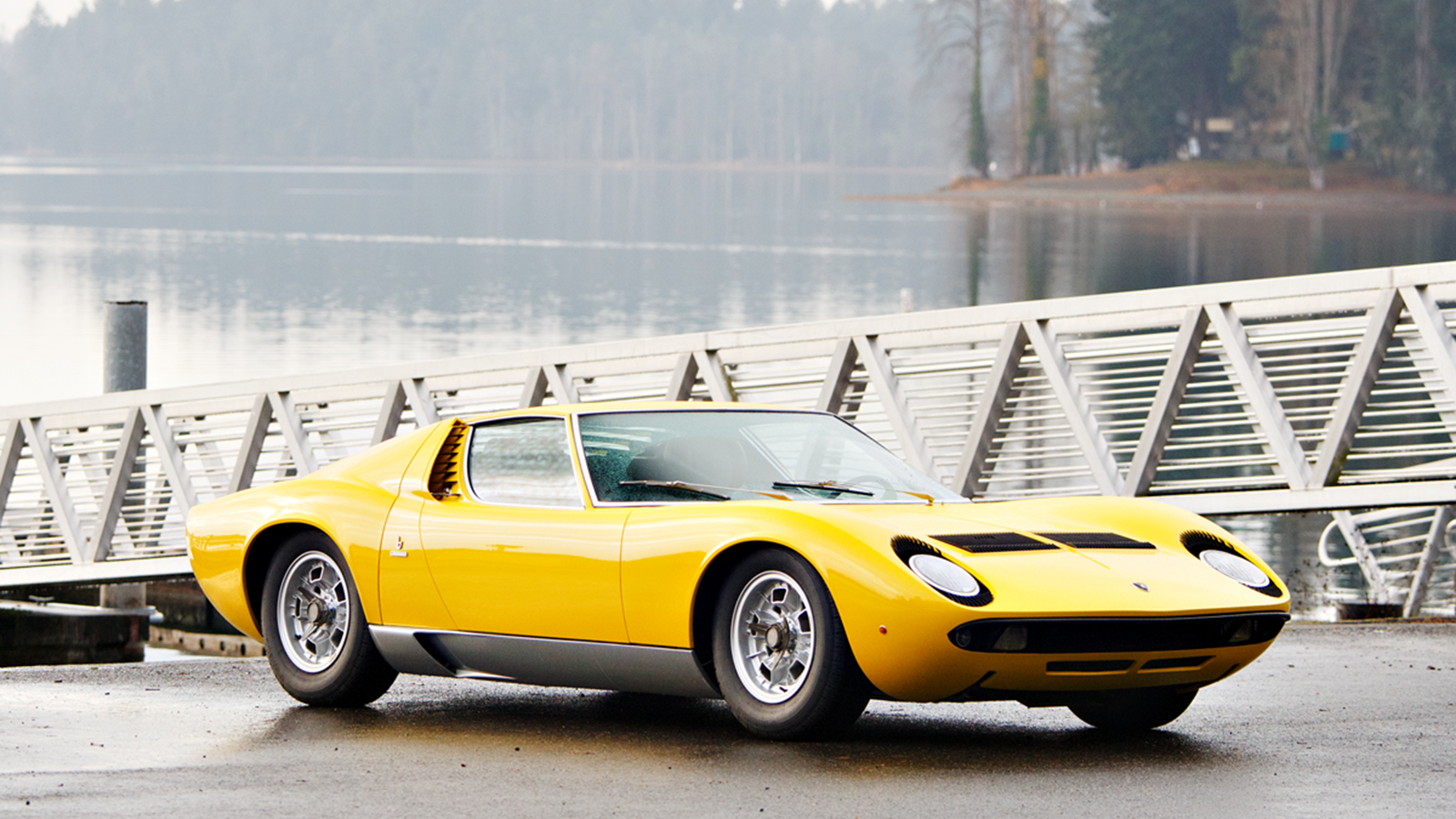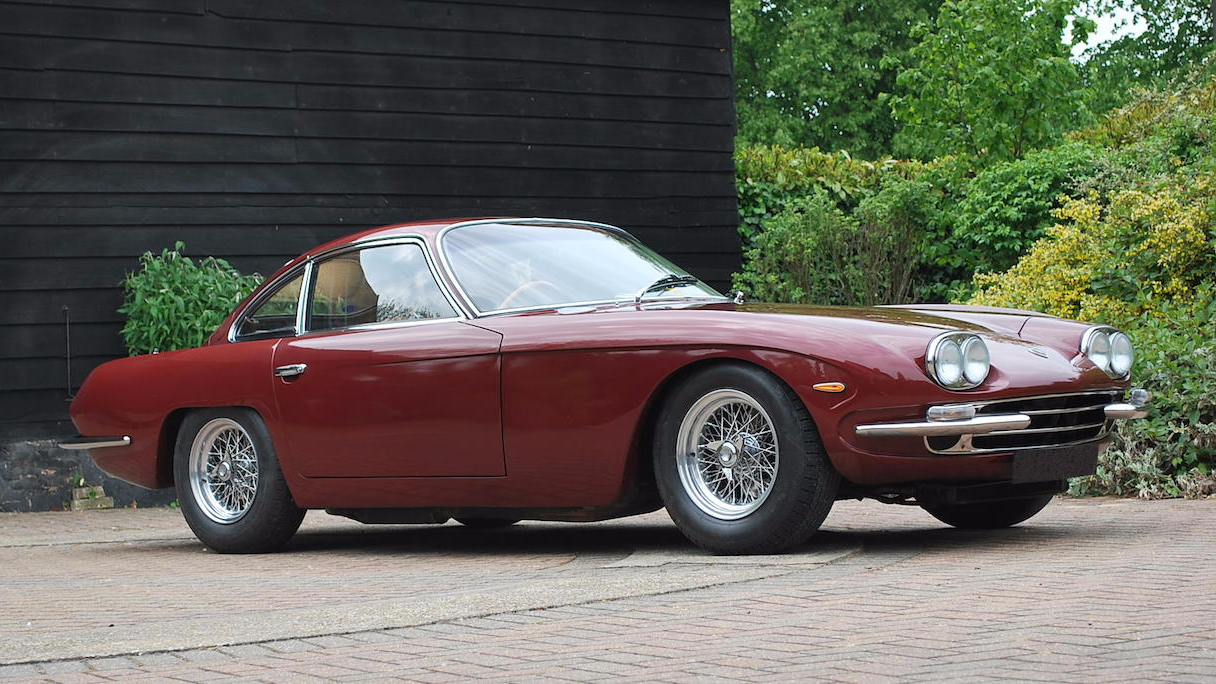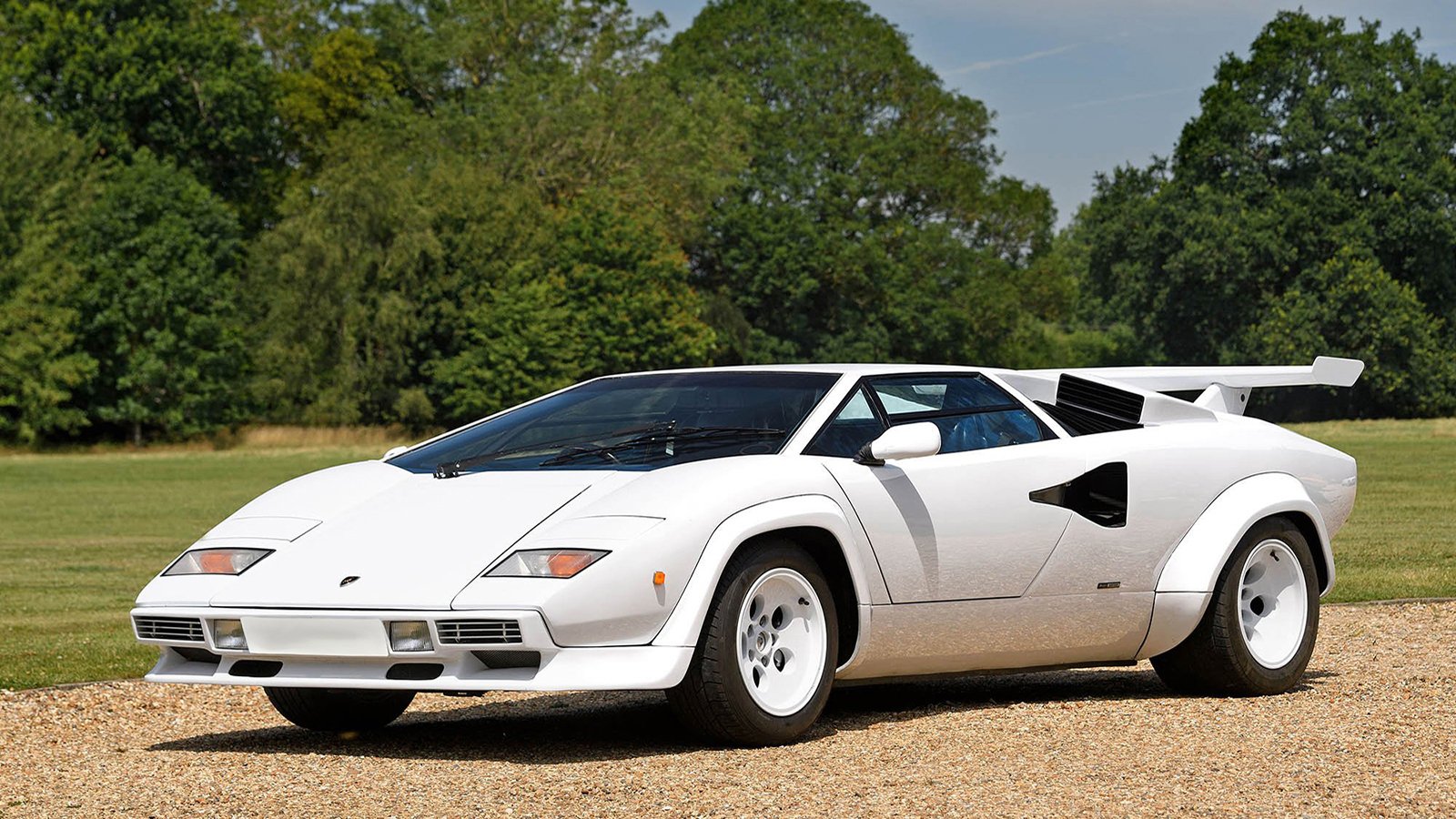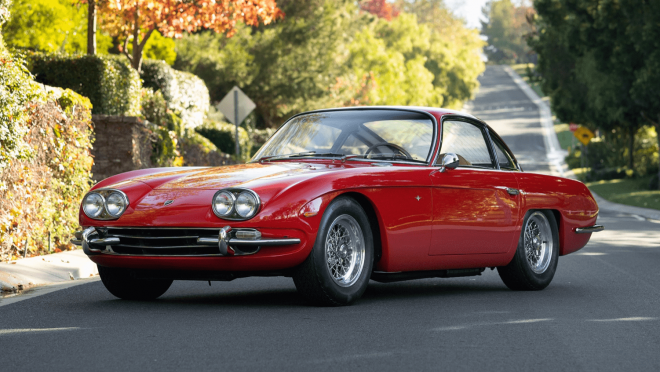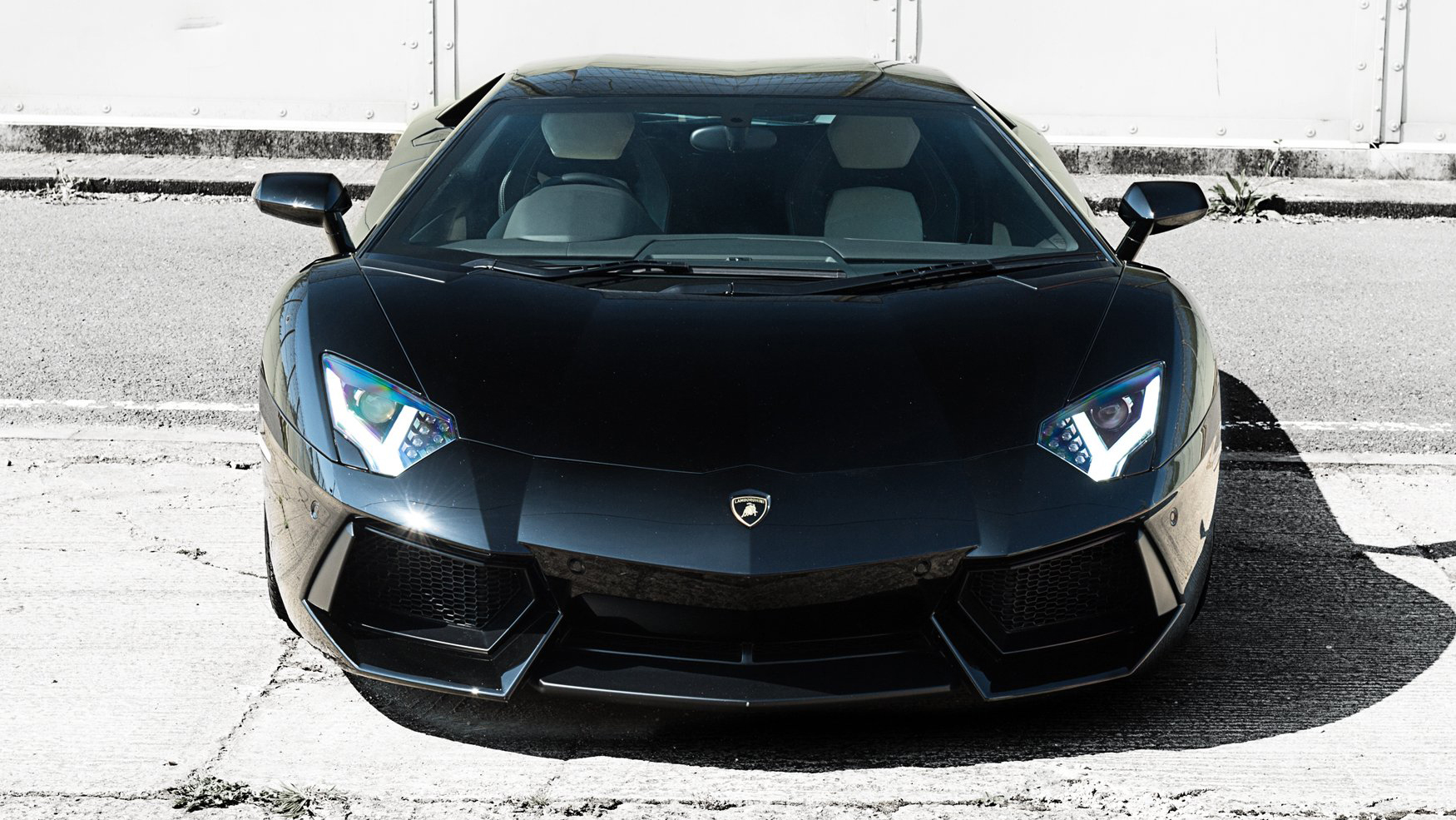
2012 Lamborghini Aventador (Photo Credit to Car Iconics)
Of fighter jets and farm tractors
For many people under age 40, a Lamborghini has always been a super-low, scissor-door supercar that looks like the automotive equivalent of a stealth fighter jet. Today’s Aventador and “entry model” Huracan certainly fit that mold.
The marque’s nearly 60-year history, however, is far more diverse than you might expect, including some very voluptuous designs and even a few farm tractors.
From functional equipment to Enzo Ferrari
Post-WWII Europe was in dire need of basic goods and transportation devices.
In Italy, Renzo Rivolta made motorscooters, followed by the tiny Isetta bubble car before turning to luxury GTs in the early 1960s. His contemporary, Ferruccio Lamborghini, also made heating and refrigeration units, along with farm tractors.
Lamborghini also fancied Ferraris, and from that passion grew the legend that he decided to make his own GTs following an argument with Enzo Ferrari over reliability.
The Sign of the Bull
While Rivolta preferred to use the Chevrolet Corvette V8 engine in his cars, Lamborghini felt an Italian GT needed an Italian-built V12.
The V12 had been used mainly in big luxury cars before WWII; Ferrari made it a high-performance novelty from that marque’s inception. This may be one reason why Lamborghini hired former Ferrari chief engineer Giotto Bizzarrini to design his V12.
Gianpaolo Dallara would design the chassis and coachwork for the first model, the 350 GT, by Touring. For the marque’s symbol, Lamborghini selected the bull, his zodiac sign.
Evolution
Production realities, even in hand-built limited scale, had to be heeded, and a state-of-the-art factory in Sant’Agata Bolognese in northern Italy was selected as the new production site.
Bizzarrini’s original engine design (more racecar than road car) went through slight modifications to make it perfectly suitable for the road, including lower compression, a conventional oiling system (rather than dry sump), and other changes.
The transmission was a 5-speed, compared to the 4-speed in the contemporary Ferrari 250 GT Lusso. The Lamborghini 350 GT put out a very credible 270-horsepower and offered a top speed of over 150 mph.
Much like Ferrari, hand-built production was severely limiting at Lamborghini. As a result, only 120 350 GT’s were manufactured. It was followed by the 400 GT with a 3.9-liter V-12 and a “+2” rear seat, of which only 270 were manufactured.
Miura: Birth of the modern supercar
Bizzarrini and Dalara wanted Lamborghini to build a racecar.
But instead, their initiative led to a rolling chassis for a radical new mid-engine road car, the P400 Miura, in 1966.
Penned by Bertone’s Marcello Gandini, the Miura was unlike anything else on the road at that time. Impossibly low and slinky, Miura defined “sexy” for GT cars.
This was the first of numerous Lamborghini models to draw its name from bullfighting; Miura was a breeder. With its 350-horsepower V12, the Miura was a 175-mph car. Later “S” and “SV” models were even faster.
The landmark Miura was the marque’s first car to cross the million-dollar line in collector car values. Still, most Lambos remain more accessible than Ferraris.
Premier Financial Services’ Lamborghini portfolio chronicles the marque’s 50+ year history, from a 1963 350 GT to more modern models such as the Huracan Performante.
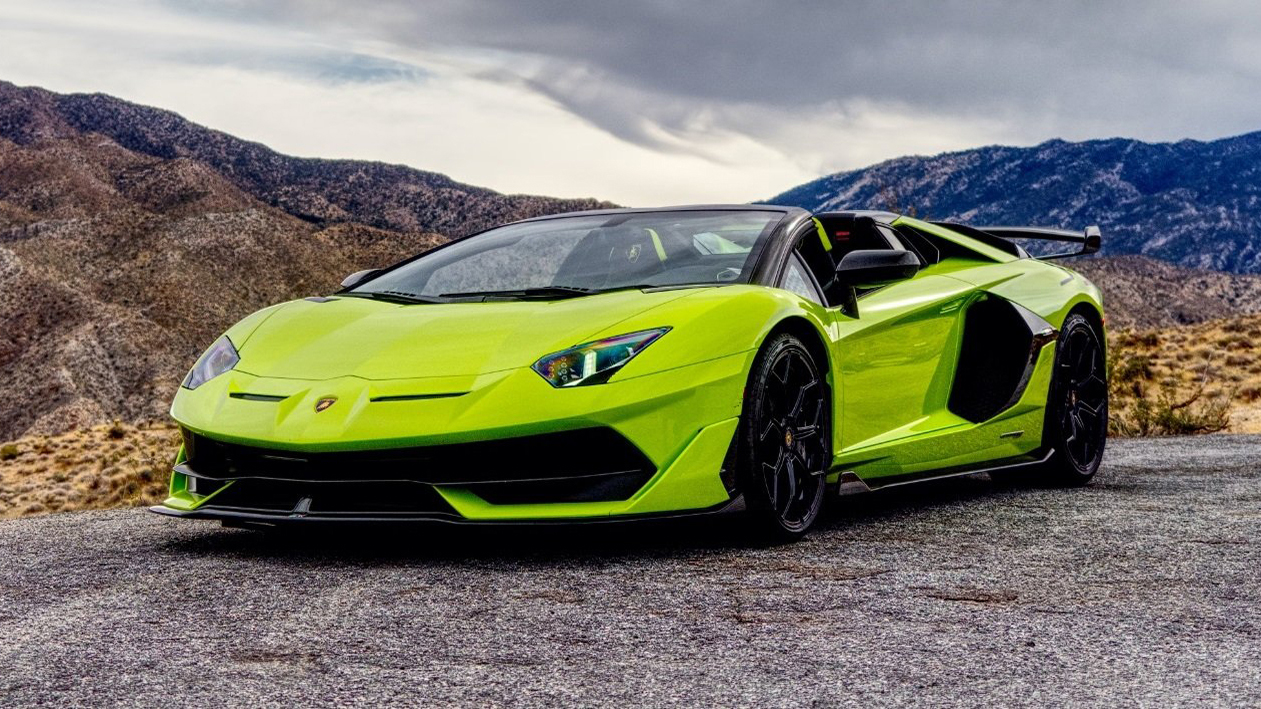
2020 Lamborghini Aventador SVJ Roadster (Photo Credit to Slash Gear) 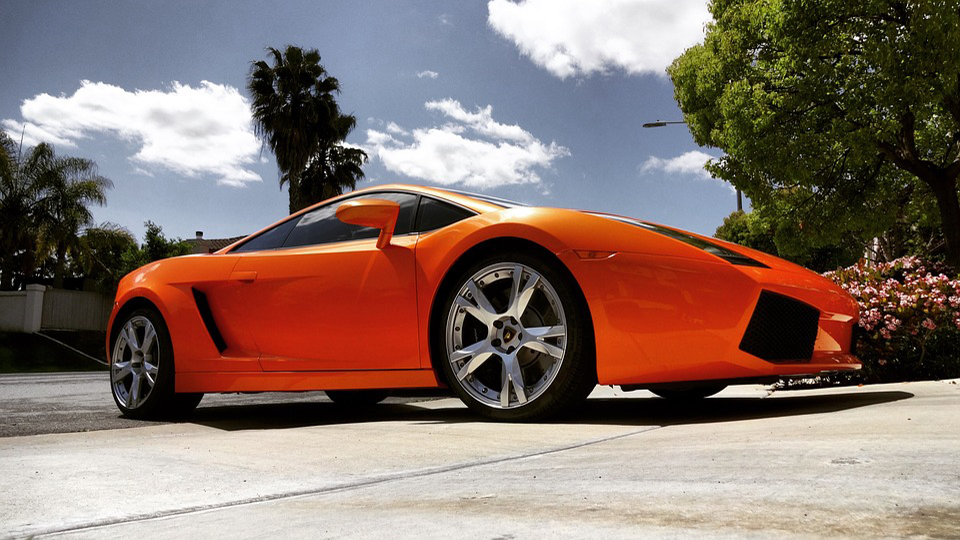
2011 Lamborghini Gallardo (Photo Credit to mediamural.com) 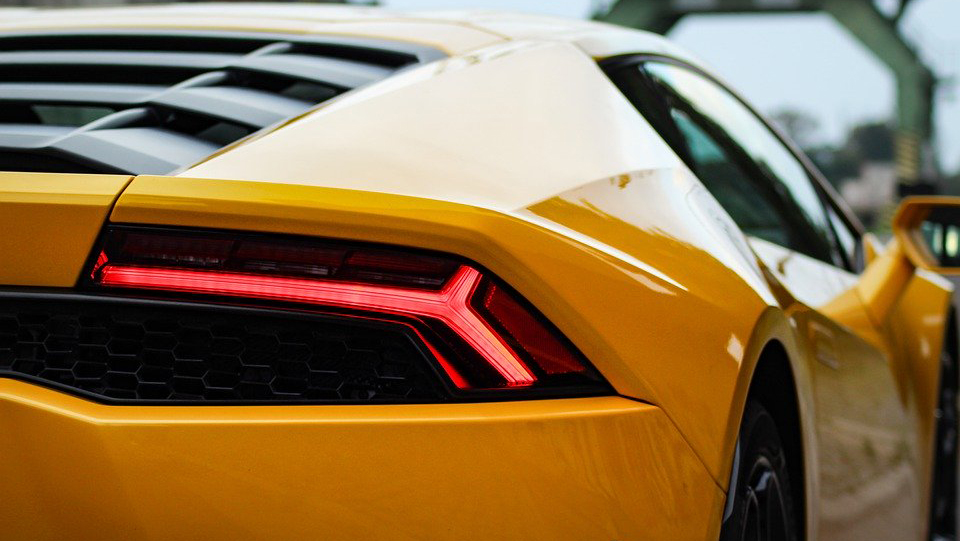
2015 Lamborghini Huracan (Photo Credit to Car and Driver) 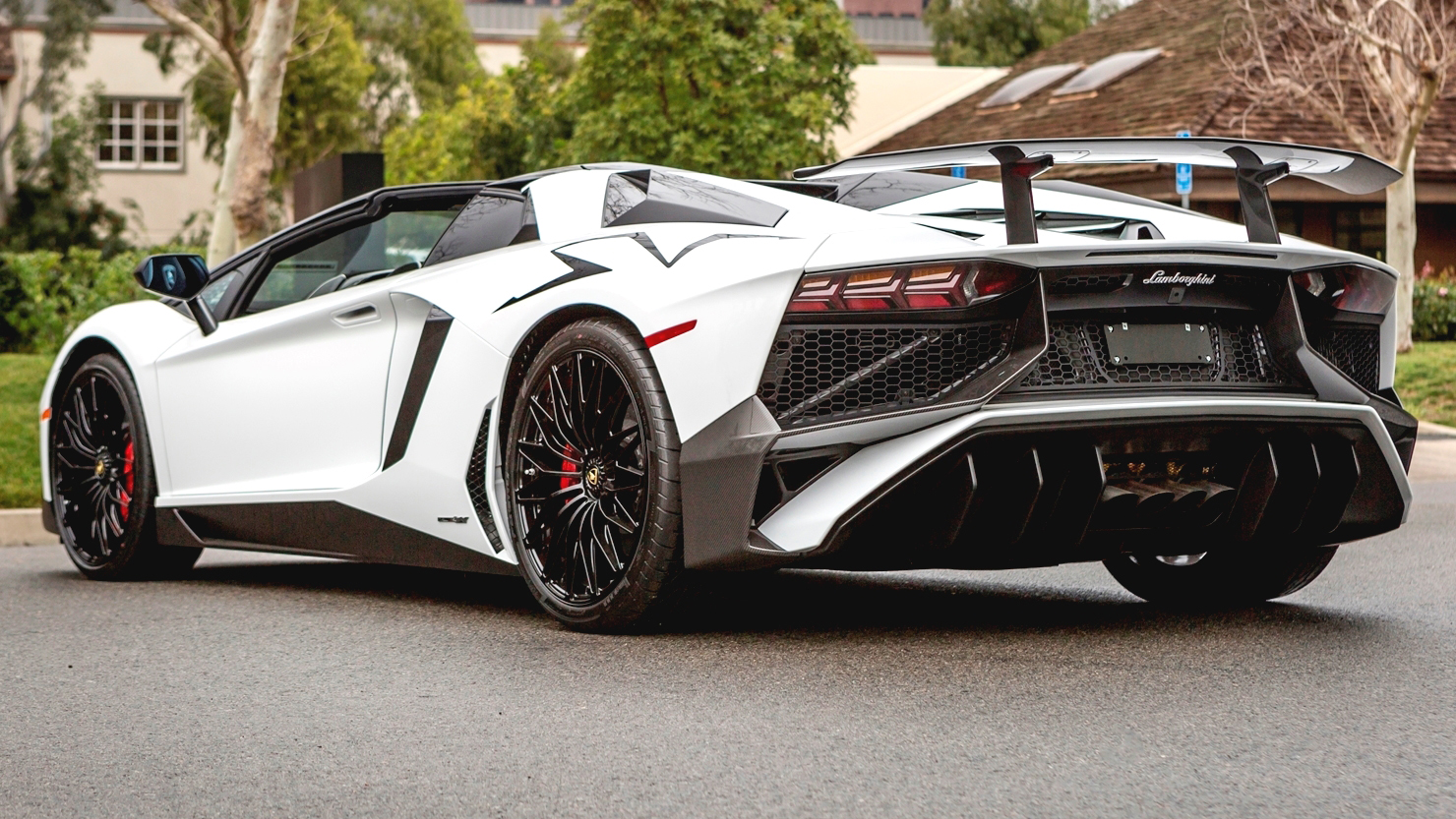
2016 Lamborghini Aventador Sv Roadster (Photo Credit to Lessee) 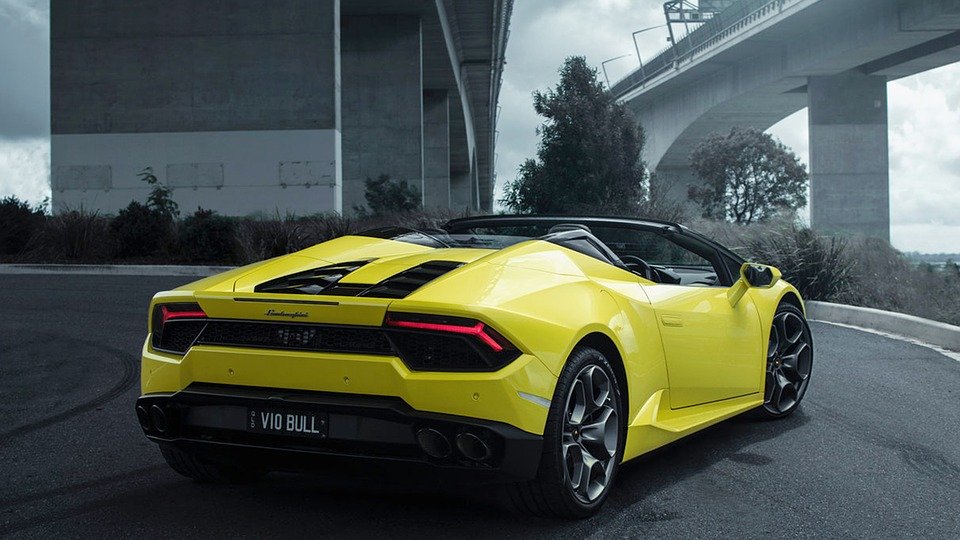
2017 Lamborghini Aventador (Photo Credit to Select Exotic Cars)
Rocky roads and better times
If the Miura shook up Ferrari, the response was not evident right away.
The Ferrari Berlinetta Boxer (not offered in the US at the time) did not arrive until the Countach succeeded the Miura in 1973.
The Countach became the poster car for what an Italian supercar should be. Where the Miura was sensual, the Countach seemed brutal. And for Lamborghini, it was a turning point: no more front-engine GTs.
This was a significant departure for the marque. Before the Countach, Lamborghini had produced a succession of distinctive front-engine GTs from the late 1960s through mid 1970s: the starkly elegant Islero, the four-seat spacey Espada and the 2+2 Jarama.
Production remained very low for all: just 225 for Islero and about a hundred more than that for the Jarama. The Espada was, until the 1980s, the most prolific model with just over 1,200 made.
Each makes an excellent entry point for collectors seeking Italian design and V-12 performance, although caution is warranted for cars that might have been neglected when resale values were low. The best ones are ideal candidates for a Premier’s Simple Lease.
The last of the Lambo V8s
Lamborghini’s 1972 Uracco beat Ferrari to market with a mid-engine V8 “junior supercar,” but it was quite far from perfect. It later evolved into the Jalpa and then the Silhouette. After that, no more V8s for Lamborghini.
By the mid-1970s, economic woes were taking their toll. Bankruptcy in the late 1970s led to a a chain of owners, including the Mimran brothers, who launched a controversial 3-ton V-12-powered SUV, the LM002. Chrysler took a run at owning Lamborghini for a while and replaced the Countach with the Diablo, which in 1993, put the company on its path to all-wheel drive supercars.
The modern era
Audi ownership since 1998 has produced a succession of stunning supercars with design and performance characteristics quite distinct from Ferrari. The stealth-fighter-on-wheels look has become Lamborghini’s signature style.
The Diablo was followed by the Murcielago and then the Aventador. The entry model, the V10-powered Gallardo, became Lamborghini’s most prolific car yet, with some 14,000 built before the Huracan swept in.
Lamborghini has also been catering to the most affluent collectors with a series of limited production hypercars, including the Reventon, Sesto Elemento and Veneno.
Continue your love affair with Lamborghini
Whether your dream Lamborghini is one of those earthbound missiles or one of the classics, having the resources of PFS available to you can make the difference between putting it in your garage and letting it slip away. Contact us to discuss the model you desire most for a Lamborghini lease.
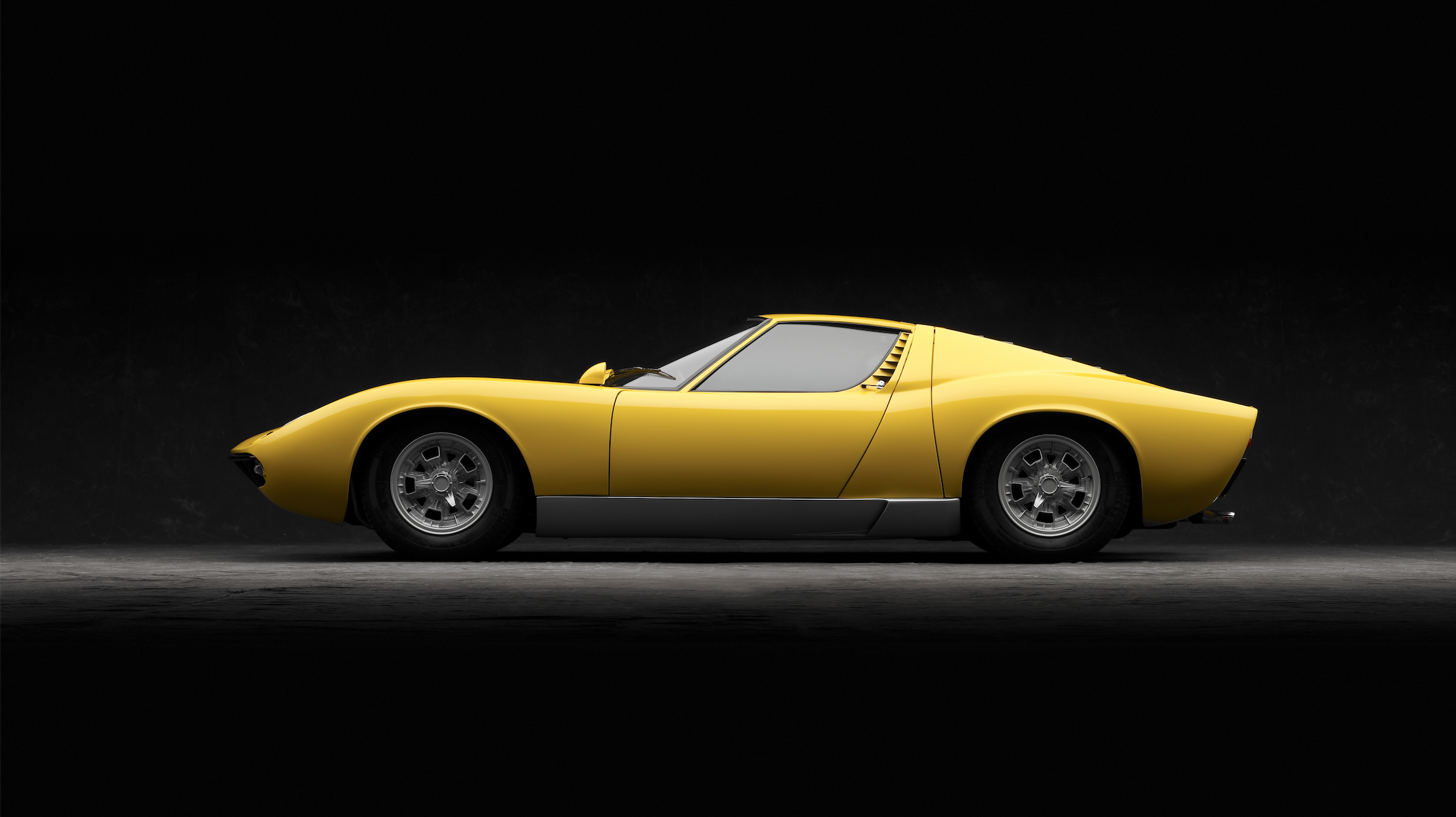
1968 Lamborghini P400 (Photo Credit to Michael Furman)

